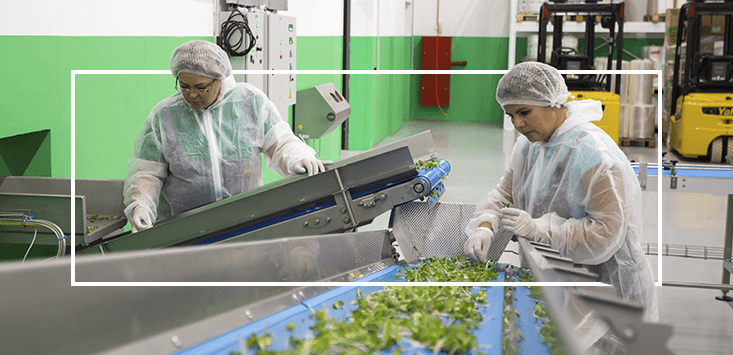
Skills are in demand on both sides of the desk as employers grapple with a competitive labour market and employees look to future-proof their employment prospects.
Late last year, the National Skills Commission released its skills priority list. The Commission found that 31% of occupations are in shortages nationally and some additional skills are in shortage in various states and territories.
“A tightening labour market will generally indicate that employers will increasingly compete for workers, resulting in a greater number of occupations in shortage as employers are unable to fill advertised vacancies.” Tightening is mostly gauged from the low unemployment rates and a fast surge in demand for workers as the lockdown era comes to a close. In August 2022, jobs advertised in Australia reached 309,900, a 42% increase from the previous year.
Skills in the deepest shortages included retail managers, truck drivers, aged or disabled carers, electricians, childcare workers, carpenters, program or project administrators and chefs.
Get daily business news.
The latest stories, funding information, and expert advice. Free to sign up.
Employers respond
A report from LinkedIn shed light on the top skills learning and development professionals are proactively writing into their employees’ training and careers. Eighty-five percent of L&D professionals agree that building employee skills for today and tomorrow will help navigate the evolving future of work, and 81% agree it’s more cost effective to upskill current employees than to find and train new ones.
When it comes to professionals, the most in-demand skills LinkedIn says companies are in need of the most right now, are:
- Management
- Communication
- Customer Service
- Leadership
- Project Management
- Sales
- Strategy
- Analytical Skills
- Research
- Marketing
Sixty-four percent of Australian businesses are using learning opportunities to boost employee retention, according to the LinkedIn report. Eighty-five percent of Australian business leaders are finding it challenging to attract top talent right now, further highlighting the importance of investing in and retaining current staff.
Skills and career cushioning
Despite their powerful position to dictate terms when job hunting at the moment, employees’ appetite for training, development and skills comes with the knowledge that they are not immune to economic uncertainty, layoffs and the cost of living crisis.
‘Career cushioning’, or enhancing one’s skills and experience to increase employability in the event of losing work, is booming — particularly among younger workers.
Employment Hero’s Talent Insights Report says 18-24 year-old workers are 9% more likely to be seeking mentorship, 14% more likely to be seeking freelance work, and 33% more likely to be expanding their skillset.
Employers shouldn’t ignore this drive from workers to level up, and can add significant value to job ads and existing positions simply by finding ways to help them gain career experience.
But how can leaders do a better job of this?
Connect and communicate
Louise Gibson, founder and director at With Verve, is a leadership and culture advisor who helps client businesses bring out the best in their people, who says it comes down to connection and communication.
“The better outcomes we see in this space is when there’s time given and investment made in understanding, getting to know a person, getting to know the team member.
“What makes them tick, what are their values, what are their ambitions?”
After that, it’s about working with them to provide support, to guide them and to give feedback on ways their development, their goals and the purpose of their role in the business, can align. Gibson uses her three Cs method: connect, collaborate and clear the path.
Has Gibson’s message to businesses changed over the last three years, with the drastic alteration of the world of work? “I don’t think it does change,” she says, “but the impetus behind it has grown, just by virtue of the fact that there is much more competition for talent.”
Another piece of advice from Gibson is to think about your people and their careers in the long-term.
“Great leaders don’t just do this with the people that are in their team at the moment, who directly report to them.”
“They’ll actively seek out and develop potential talent.”
In some cases, says Gibson, that even means thinking beyond a staffer’s tenure in the business, “They’ll also be supportive of and enable sometimes to leave their business because they recognise that the exposure or the experience that they need to get, they can’t get here, that they can get elsewhere, they might actually return later because you’ve supported them in that, they’ll feel really valued and it often comes full circle.”
“Leadership is beyond the lines and boxes of an organisational structure.”
This article was part of a feature series on workplace and employment trends to support our Smart50 Workplaces program, developed in partnership with Employment Hero.
Download the ‘What are great employers doing differently in 2023?’ report to look at current trends in the employment landscape and best practices from Smart50 Workplaces Top Performers.
Handpicked for you

“Holding our economy back”: Government hopes to shift gender pay gap with new bill




COMMENTS